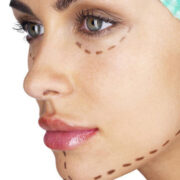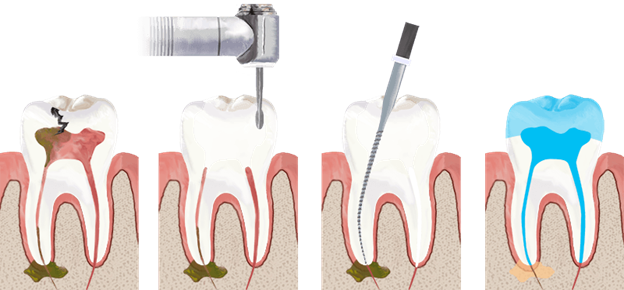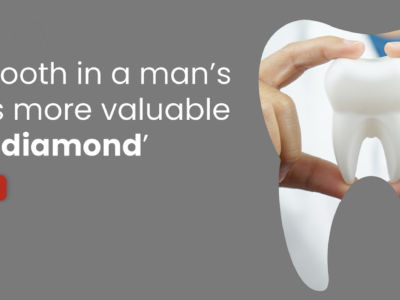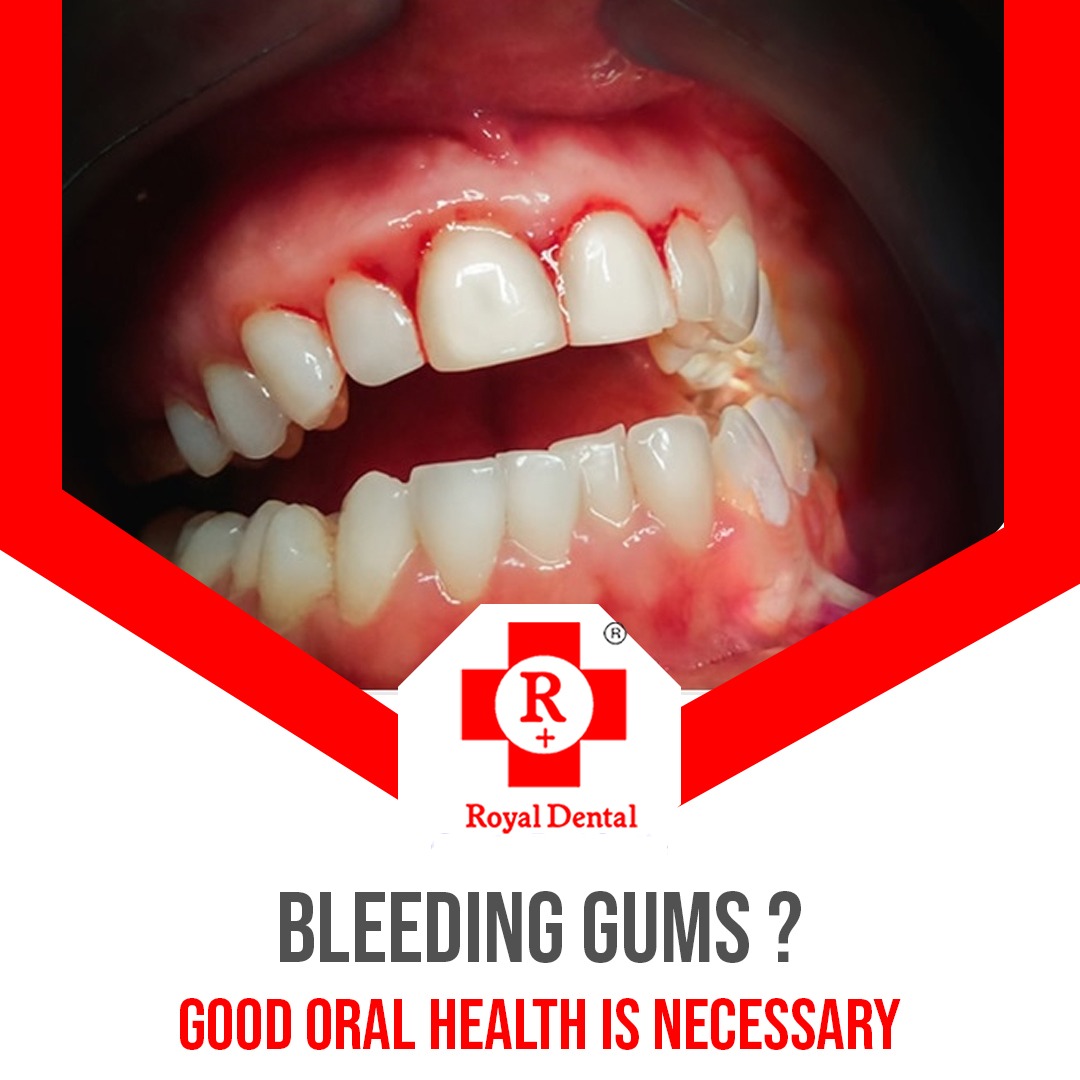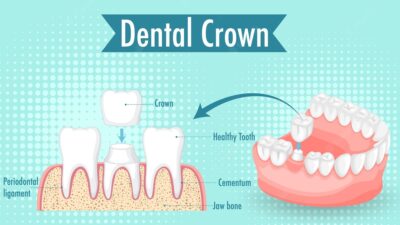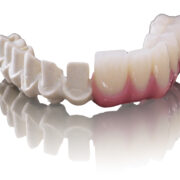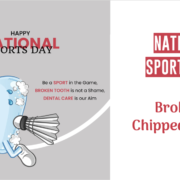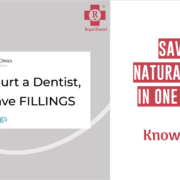Toothaches are no joke. The throbbing pain can disrupt your sleep, concentration, and overall well-being. But before you reach for the pain relievers, there might be a solution that saves your tooth: dental nerve removal, also known as a root canal.
Dental nerve removal, also known as root canal treatment, is a common dental procedure aimed at saving a tooth that has become infected or severely decayed. Despite its reputation for being intimidating, understanding the process can help alleviate anxiety and promote better dental health. This article will delve into what dental nerve removal entails, its significance, and the steps involved in the procedure.
What is Dental Nerve Removal
Dental nerve removal, or root canal treatment, is a procedure performed by dentists to address issues affecting the pulp of a tooth. The pulp is the soft tissue located within the tooth that contains nerves, blood vessels, and connective tissue. When the pulp becomes infected or inflamed due to decay, trauma, or other factors, it can cause severe pain and lead to further dental problems if left untreated.
The purpose of dental nerve removal is to remove the infected or damaged pulp from the tooth, clean and disinfect the root canal system, and then seal it to prevent further infection. By doing so, the tooth can be preserved, alleviating pain and avoiding the need for extraction.
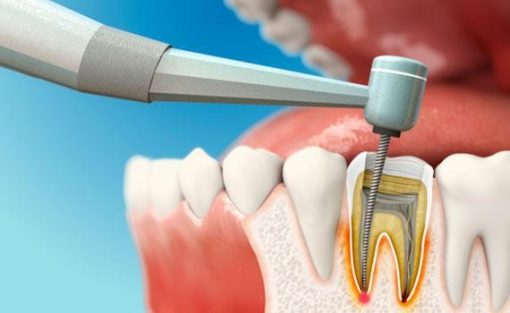
Why is Dental Nerve Removal Necessary?
In certain circumstances, root canal therapy, or the extraction of dental nerves, is required:
Pain, swelling, and the formation of an abscess can result from extensive decay, fractures, or other trauma-related infections of the dental pulp inside a tooth. In order to preserve the tooth and stop the infection from spreading to the neighboring tissues, the diseased pulp must be removed.
Deep cavities that infiltrate the tooth pulp can result in infection and irreparable damage. In order to stop additional decay and maintain the integrity of the tooth, the infected pulp is removed and the tooth is filled.
In order to cure excruciating toothaches brought on by pulp inflammation or infection, dental nerve extraction is frequently required. The process reduces pain and suffering by sealing the tooth and removing the diseased tissue.
How is a Dental Nerve Removed?
Prior to the surgery, Dr. Chamria does a comprehensive examination to determine the degree of the infection or pulp damage to the tooth, which may involve dental X-rays.
To make sure the patient is comfortable throughout the process, a local anesthetic is used to numb the tooth and surrounding tissues.
Using a rubber dam—a thin layer of latex or non-latex material wrapped around the tooth to keep it dry and saliva-free during the procedure—Dr. Chamria isolates the tooth. This minimizes contamination and aids in maintaining a sterile atmosphere.
The pulp chamber and root canals are accessed by Dr. Chamria through the creation of an aperture in the tooth’s crown. The dentist can now access the diseased or injured pulp by utilizing a dental drill, which is normally used for this purpose.
Dr. Chamria meticulously extracts damaged or infected pulp tissue from the pulp chamber and root canals using specialized tools called files. To ensure that all diseased tissue and debris are gone, the files are utilized to clean and shape the root canals.
Dr. Chamria uses antibacterial treatments to clean and disinfect the pulp chamber and root canals after the pulp is removed. In order to eradicate any leftover bacteria and stop reinfection, this procedure is essential.
Following their cleaning and disinfection, the root canals are filled with gutta-percha, a biocompatible substance. By sealing the root canals, this substance stops bacteria from returning and spreading infection.
What to Expect During and After Dental Nerve Removal
You can anticipate that Dr. Chamria will numb the area with topical anesthetic prior to dental nerve excision. After that, a little incision will be made to reach the nerve and delicately remove it. You might experience some pressure or little discomfort throughout the process, but the anesthesia should prevent any pain.
Following dental nerve excision, the treated area may temporarily swell, feel uncomfortable, or hurt a little. To treat any discomfort, Dr. Chamria can advise using over-the-counter or prescription painkillers. It’s critical to adhere to your dentist’s post-operative care instructions, which may include avoiding hot or cold meals, maintaining proper oral hygiene, and scheduling follow-up visits.
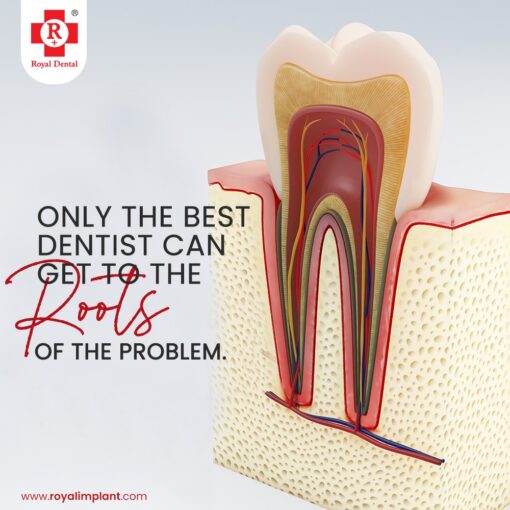
Alternatives to Dental Nerve Removal
1. Direct Pulp Capping
The process known as “direct pulp capping” involves covering the tooth’s exposed pulp, or nerve, with a covering to aid in healing and stop additional injury. When the nerve is not seriously injured or infected, it is usually used. Preserving the tooth’s natural structure while avoiding more invasive treatments is the aim.
2. Pulpotomy
During a pulpotomy, the healthy section of the pulp tissue is preserved while the diseased piece is removed. When treating permanent teeth with superficial pulp infections or primary (infant) teeth, this operation is frequently carried out. It keeps the tooth functional while assisting in the relief of pain and infection.
3. Antibiotics
Infections caused by bacteria in the pulp or surrounding tissues may be treated with antibiotics. Antibiotics by themselves cannot treat dental nerve issues permanently, even though they can reduce pain temporarily. They are usually applied in conjunction with other dental operations as adjuvant therapy.
4. Crown Lengthening
In order to expose more of the tooth’s surface, a surgical technique known as crown lengthening includes removing gum tissue and occasionally bone. While it’s not a direct treatment for dental nerve problems, it might be suggested in situations where the tooth’s structure needs to be altered before undergoing root canal therapy or fitting a crown.
5. Tooth Extraction
When all other options are exhausted or the tooth is too badly damaged to be saved, extraction is the last option. It entails the loss of the normal tooth in addition to eliminating the cause of the dental nerve issue. After a tooth extraction, the lost tooth is usually restored using dental implants, bridges, or dentures.
Conclusion
To guarantee patient comfort and the best possible results, dental nerve extractions require accuracy and caution. For surgeries involving the excision of nerves, Dr. Chirag Chamria stresses the significance of receiving expert dental care. Patients can anticipate efficient treatment and relief from dental ailments thanks to cutting-edge procedures and skilled professionals like Dr. Chamria at Royal Dental Clinics. Putting your trust in skilled experts guarantees a seamless procedure and long-term oral health.


